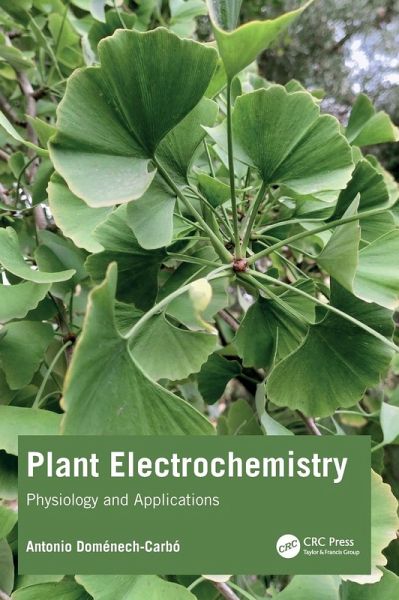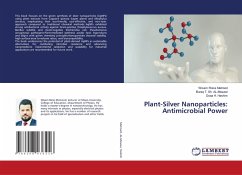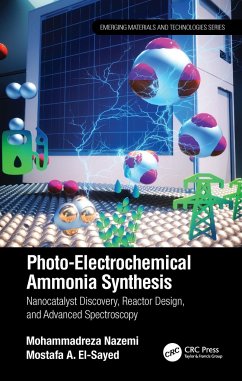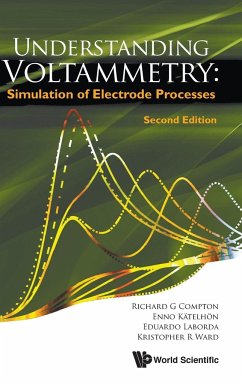
Plant Electrochemistry
Physiology and Applications
Versandkostenfrei!
Versandfertig in 1-2 Wochen
131,99 €
inkl. MwSt.
Weitere Ausgaben:

PAYBACK Punkte
66 °P sammeln!
The book comprehensively views the intersection between electrochemistry and botany. It attempts to inform people about the capacity of electrochemistry to provide information of interest to plant science. This includes electrophysiology, plant communication, and plant defense responses, as well as chemoecological and phylogenetic aspects. Conversely, the book also treats the capabilities of vegetal systems and vegetal-derived materials to be used in electrochemical applications for sensing, energy production and storage, and environmental issues.














